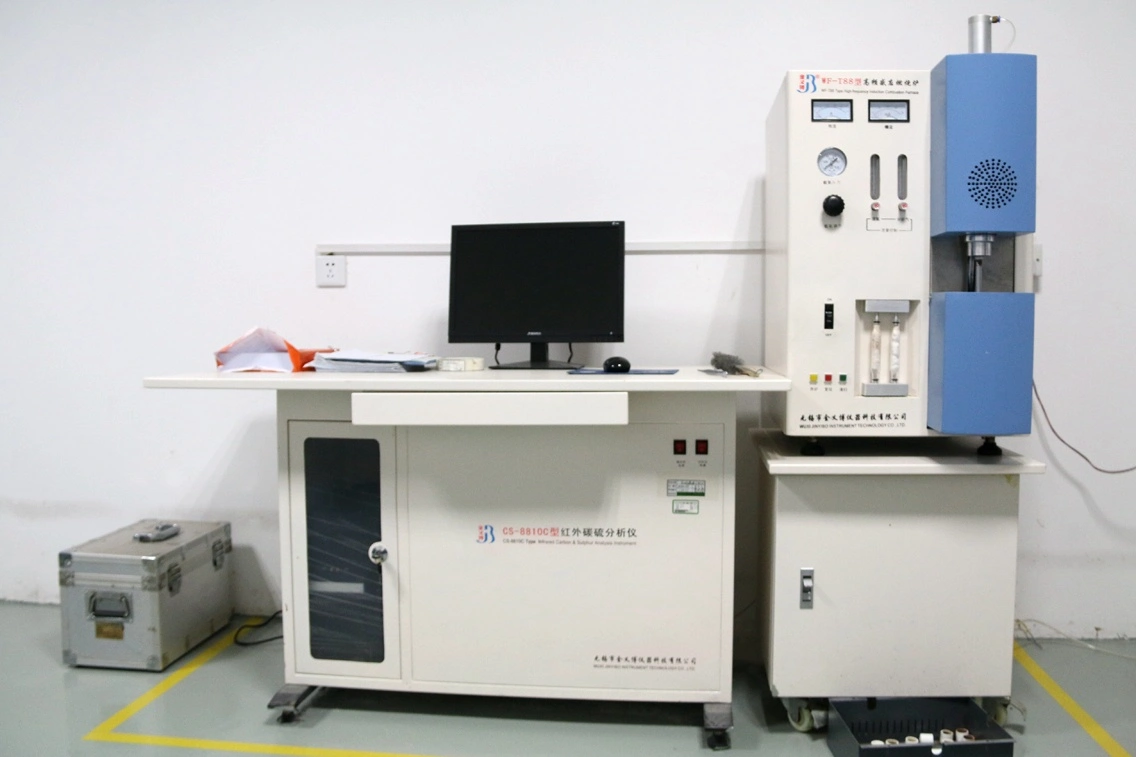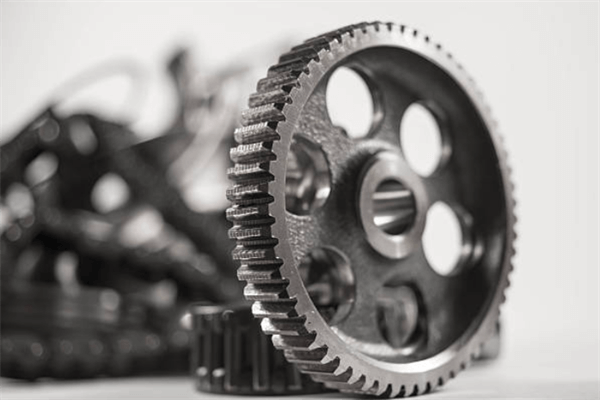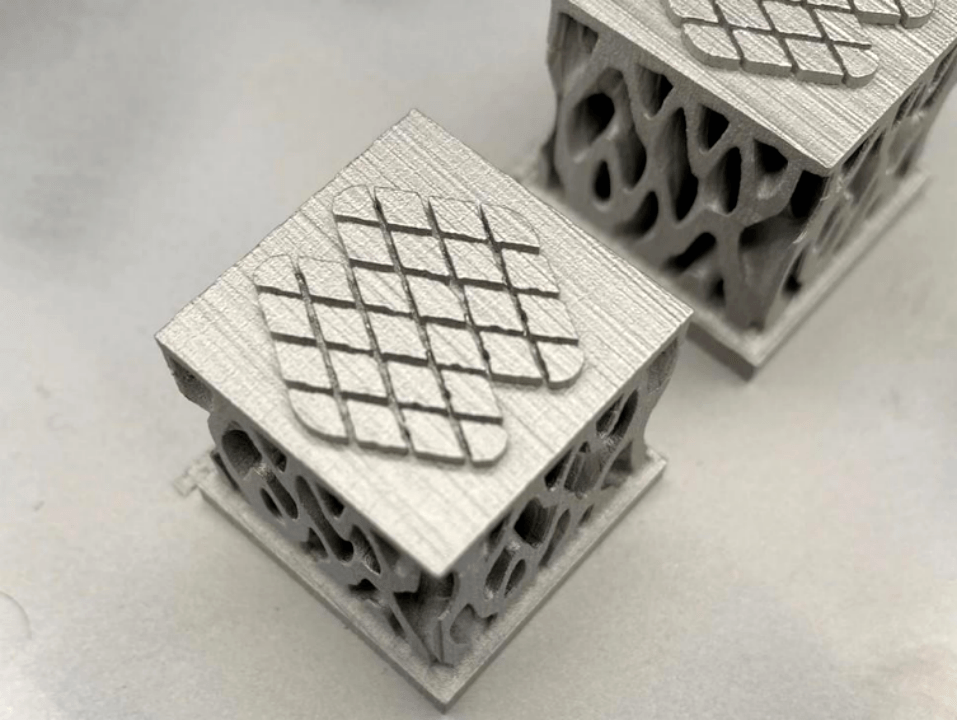What challenges exist when 3D printing carbon steel, and how can they be addressed?
What Challenges Exist When 3D Printing Carbon Steel, and How Can They Be Addressed?
1. Cracking and Residual Stress
Challenge: Carbon steels are prone to thermal stress and cracking during 3D printing due to high thermal gradients and their relatively low ductility. This is especially common in high-carbon or tool steels like D2 and M2, which exhibit brittleness in the as-printed state.
Solution: Use preheating during Powder Bed Fusion or Directed Energy Deposition to reduce thermal shock. Apply heat treatment and Hot Isostatic Pressing (HIP) post-build to relieve residual stress and enhance toughness.
2. Porosity and Incomplete Fusion
Challenge: Improper print parameters or inconsistent powder layering can lead to porosity and lack-of-fusion defects, reducing part strength and fatigue life.
Solution: Optimize laser power, scan speed, and hatch spacing to ensure full melt of carbon steel powders. Use high-quality, flowable powders like Tool Steel 1.2709. Apply HIP post-processing to close internal pores and increase density.
3. Surface Roughness and Post-Processing Demand
Challenge: Carbon steel parts often exhibit surface roughness (Ra > 10 µm) and require significant finishing to meet tolerance or fatigue performance requirements.
Solution: Use CNC machining for precision surfaces and interfaces. Apply polishing, electropolishing, or PVD coating to improve surface quality and wear resistance.
4. Warping and Dimensional Deviation
Challenge: High thermal contraction during cooling can cause warping, especially in large or thin-walled components printed in alloys like AISI 4140.
Solution: Apply optimized support strategies and build orientation. Use simulation tools to predict distortion. Post-print stress relief treatments stabilize geometry.
5. Oxidation During Processing
Challenge: Carbon steels are susceptible to oxidation during printing if oxygen exposure is not controlled, which can lead to poor surface quality and reduced mechanical strength.
Solution: Maintain an inert atmosphere with oxygen levels below 100 ppm. Use high-purity argon or nitrogen and sealed powder handling systems.
Recommended Services to Overcome Carbon Steel Printing Challenges
Neway offers comprehensive solutions for carbon steel additive manufacturing:
Carbon Steel 3D Printing: Tool steels and structural-grade steels including H13, D2, M2, and 4140
Heat Treatment: For stress relief and microstructure control
HIP: For porosity elimination and fatigue enhancement
CNC Machining: For dimensional precision and surface improvement
Surface Treatment: For wear, corrosion, and fatigue performance



